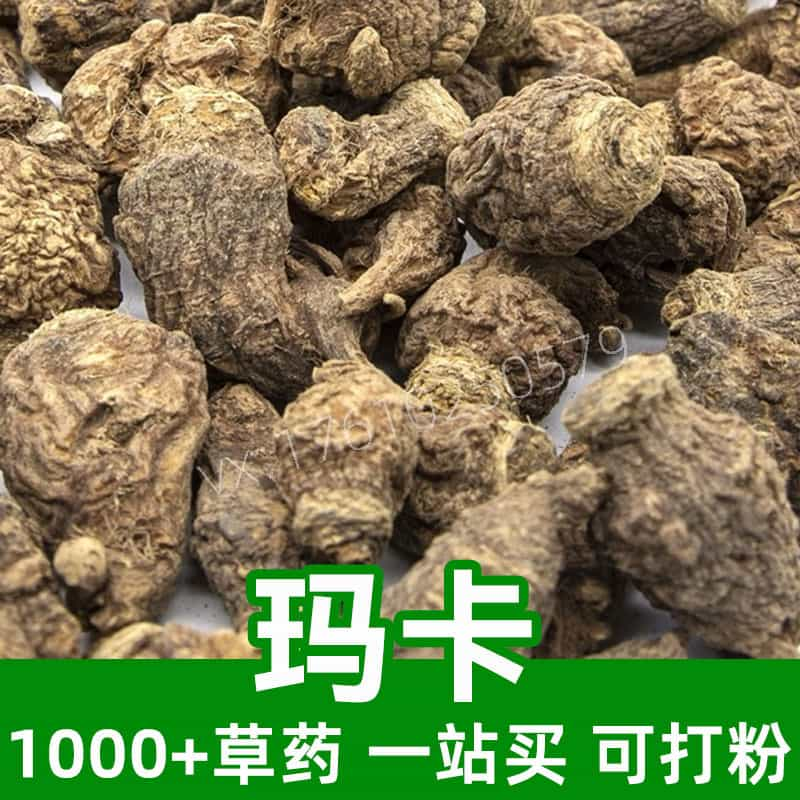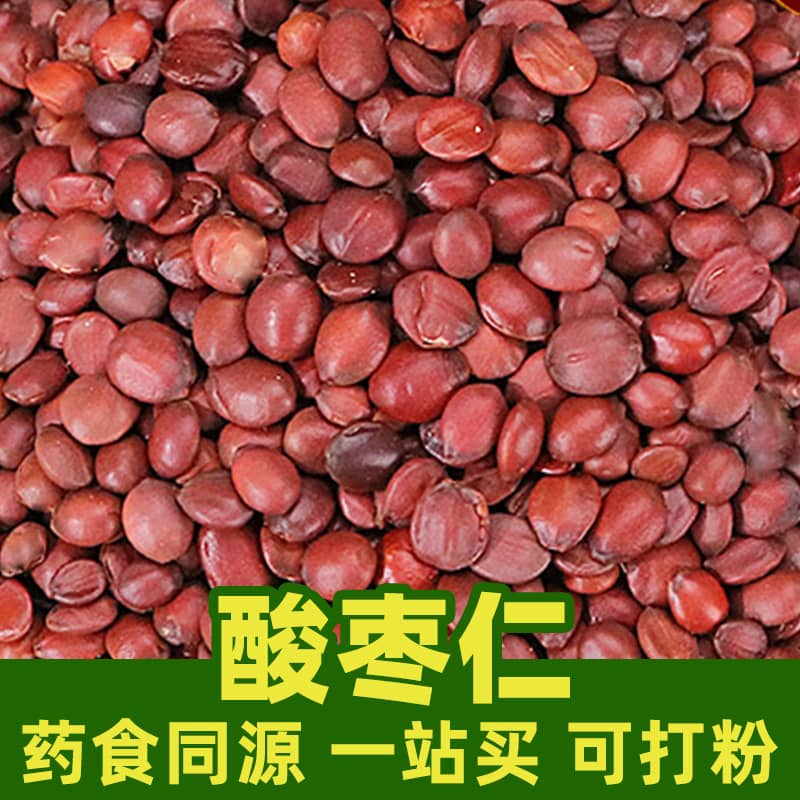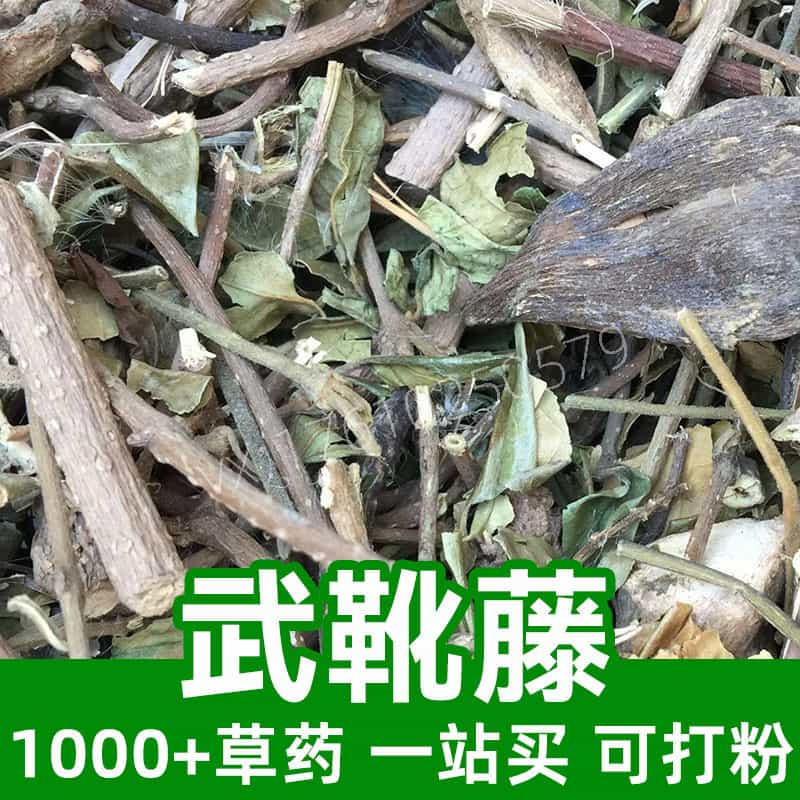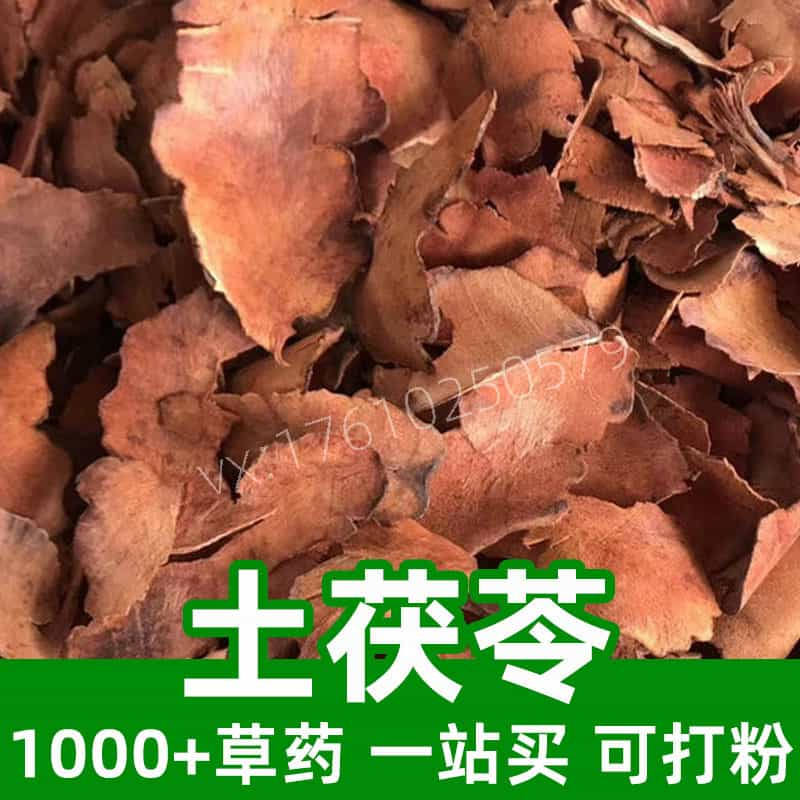Product Introduction
Magnolia flower, also known as honeysuckle or seven-mile fragrance, is a common climbing shrub. Its blossoms are typically white or pale yellow, exuding a captivating fragrance and boasting beautiful appearances.
The flowers and buds of the magnolia plant are its primary medicinal parts, commonly used in food, tea, and herbal preparations. Magnolia flower not only possesses a unique aroma but is also rich in various nutrients and medicinal values.
Aromatic Chemical Composition
Magnolia blossoms contain a variety of volatile oils, flavonoids, and phenolic acids. These compounds endow the magnolia flower with its distinctive fragrance and herbal characteristics. The primary components include aromatic hydrocarbons and flavonoids found in the volatile oil.
The aromatic chemical composition of magnolia flowers is not only pleasing to the senses but is also used in products such as perfumes, soaps, and cosmetics.
Product Varieties
Magnolia flowers can be classified into multiple varieties and cultivars based on their flower color. Here are some common magnolia flower varieties:
- White Magnolia: This is one of the most common magnolia varieties, featuring pure white blossoms.
- Yellow Magnolia: The blossoms of this magnolia variety are a pale yellow color, offering a soft and warm hue.
Different varieties of magnolia flowers may have slight variations in fragrance and efficacy, but they share the unique characteristics and medicinal value of magnolia flowers.
Product Usage Scenarios and Dosage
Magnolia flower is renowned for its fragrance and medicinal value, and it is widely used in food, tea, and traditional Chinese medicine. Here are some common usage scenarios and dosages:
- Tea Beverages: Magnolia flowers can be used to make floral teas, such as magnolia flower tea. By steeping magnolia blossoms in hot water for a period of time, an aromatic and fragrant tea can be obtained. Magnolia flower tea is believed to have the effects of clearing heat, detoxifying, and improving liver function.
- Candied Fruits and Confectionery: Magnolia flower buds can be used to make candied fruits and confectionery, adding floral fragrance and texture. The buds are usually pickled or dried before use, adding a unique aroma and flavor to the food.
- Herbal Medicine and Pharmaceutical Preparations: Magnolia flower is used as an herb in traditional Chinese medicine and has the effects of clearing heat, detoxifying, and improving liver function. Magnolia flower is also used in Chinese herbal formulas and pharmaceutical preparations, often used to treat symptoms such as hepatitis, colds, and sore throat.
When using magnolia flower, the dosage should be adjusted according to personal preference and herbal dosage. In general, an appropriate amount of magnolia flower can add flavor and herbal benefits to drinks and food.
Plant Introduction, Distribution, and Growing Environment
The scientific name of magnolia flower is Lonicera japonica. It is a common climbing shrub native to East Asia, such as China, Japan, and Korea. It has now been widely introduced and cultivated.
Magnolia flower prefers a warm, humid climate and ample sunlight, and it can grow and climb on gardens, trellises, and walls. It is a relatively adaptable plant and can grow in various soil types and conditions.
Due to its beauty and fragrance, magnolia flower has become a popular ornamental and medicinal plant and is widely used in food, tea, and traditional Chinese medicine.
Harvesting, Processing, and Storage
The flowers and buds of magnolia flower are usually harvested before or just after they open. Fresh magnolia flowers can be used to make tea, food, and herbal preparations. The buds are usually pickled or dried for later use.
To maintain the freshness and quality of magnolia flowers, the flowers and buds should be stored in a dry, cool, and ventilated place. Dried magnolia flowers can be stored for a longer period, maintaining their fragrance and the stability of their herbal components.
Monica Sun is a seasoned expert in the natural raw materials industry, with over a decade of experience specializing in traditional Chinese medicinal herbs, spices, and fungi. She is skilled in the sourcing, processing, and application of these materials, emphasizing sustainability and innovation. Monica Sun has contributed to the development of high-quality natural raw materials that serve as essential components in functional foods, pharmaceuticals, and cosmetics, delivering tailored solutions to meet diverse market needs.
















